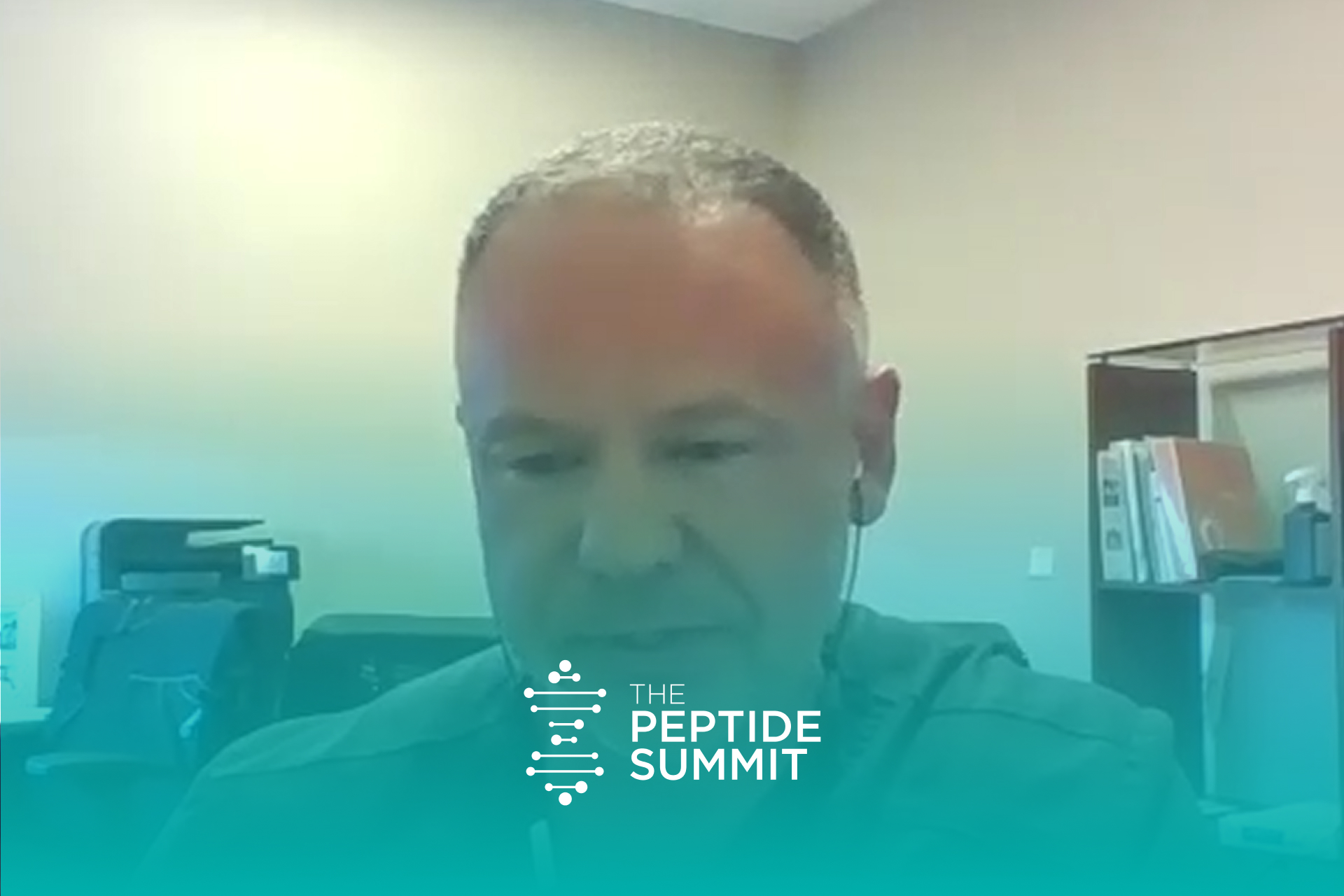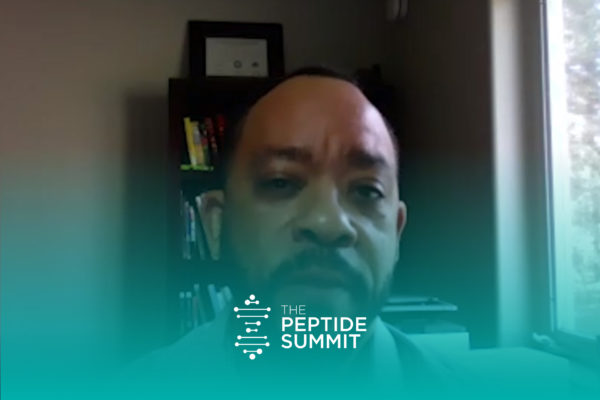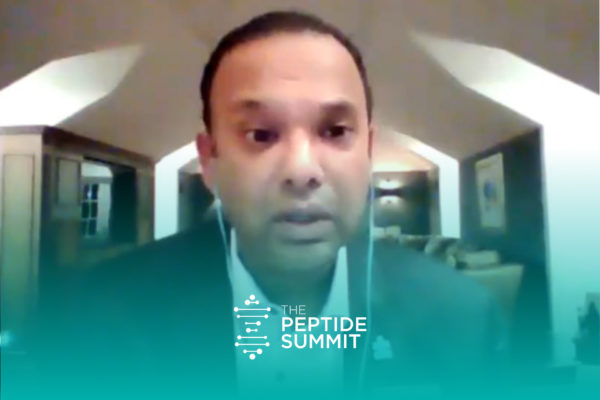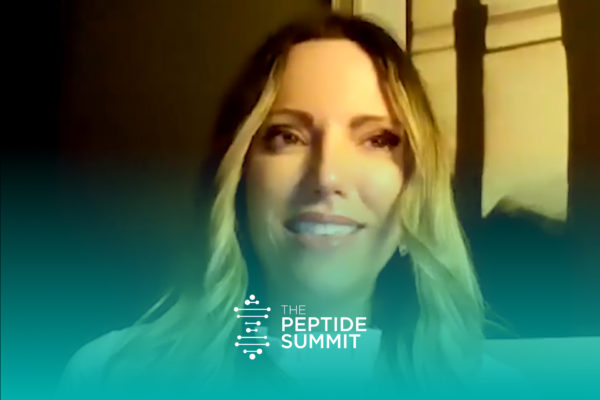Join the discussion below
In this video, Dr. Meighen will be talking about anti-aging, aesthetics, and everything on how to look and stay young from the inside out. The title of the interview is “The newest cutting-edge treatments to look and stay young and beautiful throughout your life”. So, Dr. Meighen is a musculoskeletal expert and health optimization specialist focused on the total transformation of his clients
What is the core foundation to implement and optimize health and beauty?
I think the bigger point and probably the most important take-home message that we’re going to start with right off the bat is to get all the lower-hanging fruit pieces of your health in order. Things like sleep, are you optimizing the way that you’re resting and sleeping? And if you’re not, then that’s definitely an area that must be addressed and/or hit. Yeah, otherwise you’re not going to heal. You’re going to be chronically inflamed, all those sorts of pieces. Second, diet. Again, I’m not a big fan of this diet, that diet, the other diet. It’s more of a lifestyle piece and kind of looking at things that are going to help you and diet definitely is important for providing proper nutrition, but also trying to keep your levels of chronic inflammation down.
The two big take-homes, again, would be to keep your blood sugar down and keep your insulin levels down. If you can do those two things, you’re going to prosper in pretty much every part of health, including the way you look, the way you function, the way you feel, the way that you do pretty much everything that you do.
It’s important to get the proper nutrients and that sort of thing, and we’ll touch on those types of issues. Exercise is a big piece, both just with relieving certain activities and stress. It tends to stimulate multiple genes that are incredibly important for your health and the way that your genes are expressed. The other thing is controlling your stress and really trying to get your cortisol levels down. Cortisol is vilified and almost everything you say, “Oh, keep your cortisol, keep your cortisol down.’
Important if it’s chronically elevated, I agree with that 100%, however, you do need cortisol to heal. If your cortisol levels are chronically low, that’s as bad as it being chronically high. So like anything, we want to have a proper balance of things to try to maintain good overall health and benefit.
So the first thing is to try to carve out some time for themselves, even if it’s 15 to 30 minutes a day, which is incredibly important.
Try to get them into some type of hobby or something to enjoy. You’d be surprised how many people don’t even get outside in nature at any point. I mean, just to have them go out and take a simple walk outside, get a little sunlight on the face and just to relax and just smell the flowers and that sort of thing.
Interventional and Regenerative type interventions
The things throughout the fellowship aren’t necessarily making people better. So that’s when I started learning about interventional and regenerative type interventions. Like prolotherapy is kind of where it started, using dextrose, which is basically a sugar compound that’s in almost all IV fluids that can be injected into pretty much any tissue, be it a tendon, be it a ligament, be it a muscle, or even in the joint, and can kind of set off a cascade of healing and restoration. So that’s kind of the next step up from that was PRP, or platelet rich plasma, which we can use in any form and a good number of things, be it from an orthopedic standpoint, be it from an aesthetic standpoint, be it from a sexual health standpoint, or that sort of thing to really try to change the environment of the tissue, bring in the cells to incorporate and encourage healing and really try to change the environment of the tissue. Then the next step up from that are the STEM cell interventions that are kind of the Cadillac of procedures right now.
But there’s other things on the horizons, including things like exosomes, which are kind of signaling cells and kind of tell your STEM cells in your body what to do.
I usually tell folks, “Look, this isn’t going to be a
one or two visit thing, and we’re going to fix everything that you have.”
I kind of set the tone that, “Hey, this is going to take a good 6 to 12
months to try to get things cleaned up and get you moving forward.” I
kinda go back to the things that we touched on in the beginning. A lot of times
I don’t even suggest doing the regenerative piece until we’ve got some of the
other parts in place.
Also, if you don’t have the building blocks to heal, for
example, if your nutrients or micronutrients are low, your vitamin levels are
off, your hormone levels are diminished to the point where you’re just not
gonna recover, then we’re gonna fail unfortunately. So that’s where I think
getting people up to those optimal levels for those types of things is
incredibly helpful and important. Now, some people will balk at it and some
will walk out of the office in a huff and really not come back. I understand
that to some degree, but by the same token.
So if they’re not willing to do some of the other pieces to
get their health in order, are they going to do the rehab? Are they going to do
the other pieces that are going to really accentuate this? Because you’re
right, it’s not something you just do the injection, have a good day. I mean,
it’s going to take still a good—anywhere from 3 to 12 months for this thing to
fully recover and heal. You’re going to be on your feet a heck of a lot quicker
than if you had surgery, no question about that, but it’s still some work. I
mean, I’ve had some work done on my knee on a couple of occasions and it’s been
about a 6-to-8-month process for it to really feel good and really allow me to
get back to the things I want or need to do. I kind of set that table early as
well. But I think, again, my goal is to have a long-term relationship with my
clients and with my patients. I don’t necessarily want to be a one and done or
happy to see me on one or two occasions and call it a day. I want you to trust
me, understand me, and you know, some of the things we talked about before with
being accountable, sometimes I’m going to push back on some of the things you’re
telling me a little bit, maybe not agree with you. But I think that’s part of a
positive growth process. I would expect the client or patient to do the same,
and a lot of times they do.
Symmetry is Very Important
“Form is function”. If you’ve got symmetry in your
facial structures, you’ve got
symmetry in your jaw and certain things, that’s going to
allow you to breathe normally. That’s
going to allow you to interact with your environment
normally. That’s going to allow you to move
pretty readily and pretty successfully. You can tell a lot
about people by the way that they stand,
move, walk, that sort of thing. You can kind of get ideas on
what they’ve been doing with their
diet, what they’ve been doing with their exercise, what
they’ve been doing with flexibility type
activities, what they’ve been doing with their breathing
and/or respiratory type function. How
many times, a minute they breathe? I mean, most people think
normal is in between 12 and 16
breaths, really we should breathe anywhere from about 3 to
maybe 8 times a minute. That sounds
minimal but if you look at the data it’s pretty profound and
pretty pronounced for that.
Symmetry is a big thing. If you have a functional or a musculoskeletal
deficit, there’s definitely some things that we can do to make that better, to
help improve your overall function and movement. Then going back to the
symmetry piece, I’m aware of what you were talking about with your hips or with
your knees, if you’re standing differently, or if you’re moving differently,
it’s going to affect all portions of your body and the way you move, the way
you function, the way you sleep, the way you get in and out of a chair, on off
the toilet, climb stairs. I mean, all those sorts of things have a significant
impact and then that’s going to affect potentially your cortisol or stress
levels to some degree, how you recover from exercise, a good number of things. So,
I think that symmetry is one that’s very important to really look at and really
try to focus on. Ways to do it, I mean, functional movement screens, either
with physicians, with personal trainers, with even our physical therapy
department is incredibly helpful and incredibly important to do. I think
looking at your respiration, there are multiple tools to do that. You can look
at VO2 max, which can be very important, it’s a little bit higher level type
thing to look at. But I do think all of those pieces are really important to
focus on. If you look at some of your higher-level athletes, actors, actresses,
anybody that’s in the public eye, you notice how symmetric a lot of their
structure is and it actually translates over into health. I think it’s very
important to really address.
Key Treatments for PCOS
So, definitely you want to look at their blood sugar and
insulin levels. It’s usually an endocrine issue and sometimes it’s difficult to
define because there can be multiple things that are all over the place, but
the vast majority of the women that have it have blood sugar and/or insulin
issues. So definitely trying to affect those positively. So, things I like to
do with that is really look at their diet and see what they’re eating and try
to clean that up, try to get rid of any type of processed foods, anything that
comes in a wrapper, anything that comes in a can, or anything that comes in a
bag needs to go typically. The other thing that can be very helpful is trying
to shrink their feeding window, doing
more of a fasting or intermittent fasting type region. Now, sometimes with
women with that, it takes a little bit of time. So most people eat in about a
12 to 14 hour window, and unfortunately that doesn’t allow the body to rest. It
doesn’t allow it to restore, regenerate itself or any of those sorts of things
if your blood sugar is constantly going up and down, up and down, your insulin
levels are up and down, up and down.
Basically your inflammation levels are kind of the same
thing. So if they’re eating in that 14 hour window, okay, let’s shrink it to 12
to begin with. Then let’s try to maybe get it down to 10 or even 8, where
they’re eating in that 8 hour window and kind of fasting around it, not doing
some snacking and some other things. If they’re still having some challenges,
then that’s where things like Berberine can be
incredibly helpful, which helps to control blood sugar. It
also can be very helpful for controlling triglycerides, even blood pressure a
little bit, if that’s an issue. Then Metformin is another piece
that’s very nice and sometimes dovetailing those two
medications together can be incredibly
helpful and powerful. Most of the time their progesterone is
gonna be incredibly low, which can
manifest itself in a number of different ways. Sometimes
they can have headache issues and
migraines that have been undiagnosed or they’ve been treated
by multiple people, haven’t really
gotten any satisfaction with relief. Sometimes if you’re
able to get them on that progesterone
piece, their headaches either improve significantly or sometimes
even disappear. Then the
progesterone piece, also, if it’s low, makes them at a much
higher risk for things like uterine
cancer and breast cancer. So you can help to kind of
decrease that risk. Actually, really good for
skin, progesterone is a really good anti-inflammatory. The
other thing is that most of them have
joint related issues too and progesterone has tons of
receptors in the joints and soft tissues, as
does testosterone, we’ll get to that in one second. But
trying to get them on some progesterone,
most of the time their thyroid is going to be off so
intervening with thyroid, whatever your thyroid
medicine of choice is.
Then a lot of times their testosterone is going to be off.
Now, at times it will look high, but the reason is because there’s a protein in
your blood called sex hormone-binding globulin that’s typically low in folks
with PCOS. So a lot of times if you’re able to kinda reshift some of the other
things that you’re treating that will come up and actually bring their
testosterone down. It can kind of clean up certain things where they’ve got
some facial hair, maybe a little bit of a mustache or chin hair. They may be
losing a little bit of hair on the top of the head. So that kind of dovetails
into some of the things we’re looking at aesthetically. You don’t necessarily
come in and go, “Hey, I’m gonna jam PRP in your head.” Let’s look at
the whole piece here and say, “Hmm, maybe there’s some other reasons from
either a metabolic or from a hormone related standpoint or something else
that’s the root cause of this.” Let’s try to see if we can fix that before
we start doing, again, the fun and shiny stuff that I love to do, don’t get me
wrong, but may not be indicated right yet. So, I think that’s another piece to
look at. Then sleep can be another one that is incredibly—or is negatively
affected by PCOS and some of the other pieces, typically, and this isn’t always
true. Most people think of all these women being overweight. I would say
probably at least half are. You probably know the data a little bit better than
I do, but those typically are helped a great deal, but there’s plenty of women
that you would look at and think, “Yeah, there’s no way”, and they’re
normal weight and that sort of thing. They equally have as much musculoskeletal
type pain and discomfort that you want to address. If we get into the peptide
piece, a lot of times their IGF-1 is very low and growth factor and/or growth
hormone analogs at times can be helpful. Again, I wouldn’t start that right
away, but as we’re kinda going through the chain of command here to try to get
them better, that can be another piece that can be helpful. Vitamin D levels
definitely are something that typically are often—most people, but a lot of
times in these women as well. So there’s a whole cadre of things that we can
look at and really make some significant impacts. Again, going back to Dr.
Rouzier, he always tells the story that he apologizes to almost every woman
that he missed the diagnosis on. I agree with him, there’s so many. You come in
and you’re like, “That’s it!” It hits you in the head. You’re like,
“Darn!”
But definitely with this—because they have hypothalamic
inflammation, which controls not only metabolism, pain, all the other hormones,
so yeah. So, they’re low growth hormone, they basically have pain oftentimes,
their metabolism’s terrible.
The big take home message with that is, again, trying to get
back to the root cause. Don’t just treat the symptoms or don’t just treat it
with a med just to try to get them out of their office. Let’s try to figure out
why this is happening. Let’s try to treat some of those issues because the nice
part of the hormones or any of the other things that we tend to do is they tend
to be pleiotropic, meaning that they help multiple body systems. If you’re
looking at things like testosterone, I mean, the higher levels—and the data’s
very clear—higher levels of testosterone, lower levels of Alzheimer’s and
dementia, lower levels, same. Same with estrogen, same thing. Thyroid levels
definitely much lower risk of things like depression, and anxiety, and those
sorts of things. Going back to testosterone, it’s very good for cardiovascular
protection and reducing risk of heart attack, stroke.
If you’re looking at the times, we’re living in now with the
COVID infections, I mean, men that have had lower testosterone levels typically
have been sicker and/or both men and women with metabolic disease. Unfortunately,
it’s very prevalent. Depending on who you read it’s 80 to 90% of the US
population is metabolically unhealthy.
Advantages of Peptides
The nice part with many of the peptides is they tend to do
multiple things for multiple reasons and have musculoskeletal indications, they
have aesthetic indications, they have weight loss indications, they have
aesthetic indications, and all kinds of things from that standpoint. So, we do
use a fair amount of BPC-157 and TB4, both orally and sub Q injection wise. Sometimes
even we’ll put it in near soft tissue or even into the joint from an injection
standpoint to try to help with those issues.
It has positive effects for healing tissue, and a lot of the
data and information suggests that putting it close to areas of either trauma,
inflammation, if it’s a nerve, nerve compression, or those sorts of things,
it’s actually been shown hasten the healing because it can be very potent as an
anti-inflammatory. It does stimulate influx of fibroblasts and other cells to
heal. It cuts down on cytokines and some of the other inflammatory cells that
sometimes can reduce healing, changes the environment for the positive and all
those sort of things which are very much of a positive. So BPC and TB4 are kind
of staples that we use. Others, there is one called AOD9604, which initially was
used for weight loss, although it’s kind of hit or miss with that.
AOD is another one that can be injected intra-articularly
that can be of benefit and/or help musculoskeletal conditions. That’s another
one actually that’s been shown to grow hair. So actually either doing it sub Q
or even doing it into the scalp potentially has some growth benefits for trying
to improve hair growth. Other things that we like to use from a musculoskeletal
standpoint, one is called pentosan polysulfate, which technically is not a
peptide, but it’s kind of thrown into that. That’s another one that you can
either do subcutaneously or you can do intra-articularly. Another one that’s
really good as an anti-inflammatory and actually has been pushed a little bit
too to try to help treat the cytokine storm with COVID.
So the beauty of these is they don’t tend to quell or turn
off the endogenous production of your growth hormone. So they work in a couple
of different ways, depending on what you’re using. They either stimulate growth
hormone releasing hormone to tell your pituitary to release more growth
hormone, or they go through a hormone called ghrelin and ghrelin actually tends
to stimulate hunger, but also has the ability to help with growth hormone
release. These are pretty impressive compounds, to be honest with you, because
again, they can help with muscle recovery and
growth. They can help with strength gains. They can help with fat loss
and/or weight loss. They also help improve skin, skin integrity. They help
improve even mood and things from a brain standpoint overall. So they’ve got a
lot of positives in a number of different ways. So, they are all darn well
tolerated. The one thing that’s been a little bit dodgy lately is the FDA kinda
came down with Tesamorelin and made that more of something that could not be
made by compounding pharmacies. So there is a prescription based one, but it is
incredibly expensive.
Delta sleep-inducing peptide or Epitalon?
Have not used DSIP a great deal and familiar with Epitalon
but I have not used it myself or have not prescribed it for other clients or
patients, but I think the literature is pretty impressive with its ability to
really improve overall health, improve telomere function and that sort of thing
as well.
Again, going back to what we talked about with trying to
optimize sleep, no question, sleep definitely reduces pain and inflammation and
some of the other things you talked about. I mean, even dovetailing on that,
melatonin is another one that’s actually very potent as an anti-inflammatory,
actually a very good anticancer agent, great for overall health and function
and again tends to be something that doesn’t turn off your endogenous
production from your pineal gland. So, that’s the beauty of a lot of these
compounds is they again have multiple effects and not just one focus thing that
it tends to do.
No toxic dose in a lot of these peptides, like BPC!
TB4. They just keep going up, it’s like a thousand times a
dose, no problem! It’s safer than water. Try that with water, or Tylenol, or
Aspirin. They’re all natural compounds coming from your body to some degree
Thoughts on Biohacking to Better Health and Beauty
Once you’ve got some of the lower hanging fruit cleaned up,
your hormones are good, your supplementation
is good, your diets good, all those sort of things. And you can incorporate
them at any point. I’m not saying they can’t be, but things like hyperbaric
oxygen therapy, which is a little bit higher level, has been shown to be
incredibly helpful for brain health. Another one that’s incredibly helpful for
reducing all over body inflammation and pain. It’s another one that actually
helps to stimulate your own indogenous STEM cell production and can almost help
you turn over yourself. Usually, you have to get up to at least 2 atmospheres
to do that, but, if you got a high-level facility that can do that, it can be
incredibly helpful and powerful. It’s very good for your patients that have
things like Alzheimer’s, dementia, traumatic brain injury, non-healing wounds,
a good number of things. So it’s got a lot of positives and utility to it.












